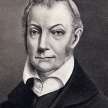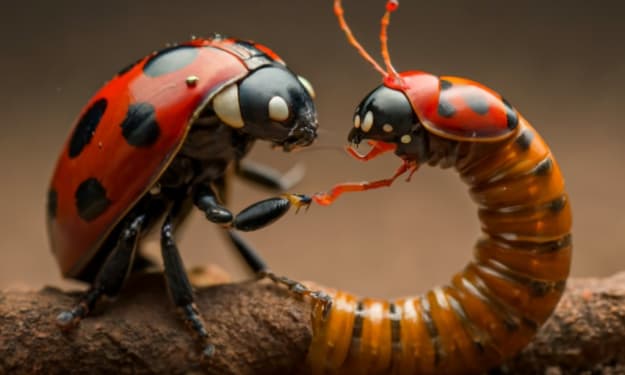No One Grows Things In The Ground Any More
Do They?

Come on--no one grows things in the ground any more. Do they?
An ex-girlfriend decided one year that we should grow our own tomatoes. We spent six months and two hundred dollars in order to save three bucks on salads. We didn’t break up over super-expensive tomatoes, specifically, but maybe my pigheaded resistance to amateur agriculture was one of the two hundred and fifty seven things I did that persuaded her to seek out greener pastures.
I have Facebook friends living out in the country who post with regularity about growing their own plants and vegetables. Their stories about combating snakes and beasts and rot with chemicals and fire and sharp implements make them sound like they are the gritty stars of an action movie. Their daily slog through dirt and weeds to eke out cucumbers and squash feels like a post-apocalyptic, nightmarish hellscape where all the grocery stores have been inexplicably wiped out.
I click “Like” on all their posts but never comment, “Hippies.”
My wife believes in plants and flowers. Every spring we go to the garden center and return with expensive things I know for sure will die before winter. My love for her will outlive these things and all other things, so I go along.
She posts social media pictures of my dirty, grinning face beneath my broad-brimmed farmer’s hat as I hold up earth-stained gloves to the camera. The people who have known me all my life say, “You got him to GARDEN? It must be true love.”
They’re right.
But a funny thing happened one spring at the garden store. I noticed for the first time that, back beyond the flowers and plants with long Latin names, were trees.
Well now. That’s a whole new kettle of fish.
Trees are permanent; they are, one might argue, a legacy. There is a giant pear tree in my front yard that was planted by the first family to live in my house. The only thought I had ever given it or its history was whether it would one day smash down on my roof in a storm. All the American Founding Fathers – at least the ones who lived in proximity to dirt like Franklin, Washington, Adams, and Jefferson, were always planting trees or talking about them. The first symbol of resistance to British rule was—wait for it—the Tree of Liberty. George Washington, in his final farewell address, imagined his retirement sitting beneath a fig tree among the countrymen to whom he had dedicated most of his life. Here at last was a reason for a bookish nerd to go outside.
I planted five pine trees and named them for five American Presidents – Washington and both Roosevelts, Teddy and Franklin, who had all been obsessed with trees – and Truman and Eisenhower, who might have been a bit less stressed if they had gone outside to do more than invade France or drop atomic bombs.
I measured the height and girth of the Presidents. I fertilized them and read books about proper arboreal practices. I stood cold and alone with them in the holy silence of dawn the day after my best friend died, watering the five trees with the garden hose and my tears. When my daughters each grew up and left home I spent a quiet morning pulling weeds from around the bases of the trees, wondering how often the girls would come home to visit, and if they would keep up with the care and feeding of the Chief Executives if they inherited my house and land when I died.
When my first grandchild was born, and his health was touch and go for a few chilling days, I pruned the Presidents as the sun went down, helpless to do anything except make a promise to the heavens that they would stand tall fifty years from now, and pray that he would stand here then too and look at them.
Other than the sight of my love’s bright and patient smile at the end of the day, spending an hour or two with these fellows—watering, pruning, mulching, checking for pests, feeling the branches for brittleness—solves every day’s problems. Tending to them feels like a life’s purpose, even on days when life seems pointless.
I may achieve mighty things of lasting importance one day. I may not. But on this spot a hundred years from now these trees will stand, planted a long time ago by unschooled hands, nurtured an hour and a day at a time, across a life well-lived.
About the Creator
Stacey Roberts
Stacey Roberts is an author and history nerd who delights in the stories we never learned about in school. He is the author of the Trailer Trash With a Girl's Name series of books and the creator of the History's Trainwrecks podcast.






Comments
There are no comments for this story
Be the first to respond and start the conversation.